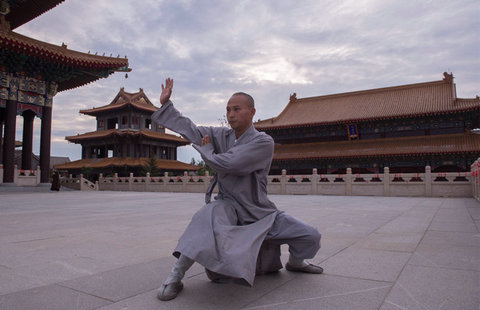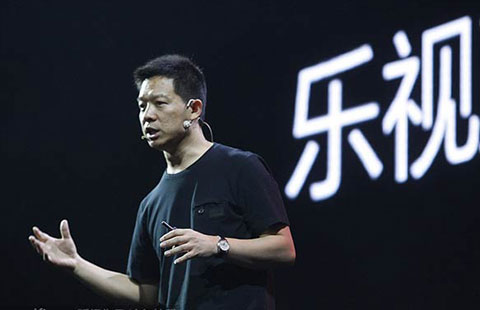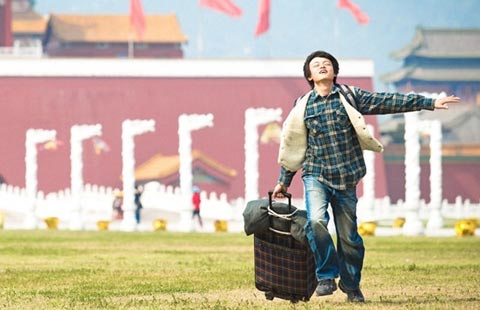
Italian author comes upon little-known Hungarian master who helped give Shanghai its famous facade in the 1920s and '30s
Beautiful buildings were nothing new to Luca Poncellini, who was an Italian doctoral student in architecture when he decided to visit Shanghai in 2003.
But he says he was wide-eyed when he first strolled around the city.
|
Italian architect Luca Poncellini says it was like discovering a hidden treasure when he first strolled around Shanghai. Photos provided to China Daily |

|
Slovak-Hungarian architect Laszlo Hudec's work - The Park Hotel and the combined Baptist Publications and Christian Literature Society buildings - are still landmarks in Shanghai. |
"It was like discovering a hidden treasure," he says. "I was walking around and felt, 'Wow, this has to be known.'"
Poncellini, now an architect and researcher with Nuova Accademia di Belle Arti Milano, says he was puzzled. None of the mainstream textbooks he had seen on modern architecture built from the start of the 20th century to World War II had a chapter devoted to Shanghai.
"Shanghai was one of the most populous and important cities in the Far East," he says. "To me it is strange that China and Shanghai didn't have a place in the books.
"I saw how much beautiful modern architecture there was in Shanghai from that time," he says. "And I realized how important it was for me to create a connection between the historiography of the Western world and the real situation of Shanghai."
It's not just that different foreign architectural styles can be seen in close proximity because of the presence of former foreign settlements, which took root after the defeat of the Qing dynasty (1644-1911) by the British in the 1840s in the First Opium War.
In the city's rich mix, there is ingenious modern architecture that rivaled the best of its contemporaries in the West. Buildings also bear the marks of incipient features of Chinese modernity, Poncellini says. And the master behind many of the most prominent structures was to become Poncellini's focus.
Laszlo Hudec was a Slovak-Hungarian architect who arrived in Shanghai in 1918, at the age of 25. He had ended up in China after being captured by the Russian Army in 1916 during World War I and jumping from a train near the Chinese border en route to a Siberian prison camp, according to Ladislav Kabos' film The Man Who Changed Shanghai.
During the nearly three decades that followed, he got a job, married, opened his own architectural office, accepted commissions from expatriates and Chinese alike, and gave the city some of its most memorable landmarks: The Park Hotel, the Grand Theatre, Moore Memorial Church, and the combined Baptist Publications and Christian Literature Society buildings.
These works were widely recognized, but the man was little known.
"Hudec's architecture was reported in Europe, but sadly, his name was almost never mentioned in world architectural history," writes Zheng Shiling, honorary president of the Architectural Society of Shanghai. Zheng helped supervise Poncellini's dissertation.
It took Poncellini five years, traveling to a dozen countries, to finally understand the man and give him his due.
Hudec's name had been buried to the extent that when Poncellini went to his descendants for materials, some were surprised to learn of his accomplishments.
But Hudec's achievements go beyond the buildings credited to him. He evolved from the neoclassicism prevalent in the early 20th century.
"The brilliant thing about Hudec is that he tried to invent Chinese modernity," Poncellini says. "He was the leading force in Shanghai's modern architecture movement."
Hudec succeeded through working for Chinese clients, including the Chinese administration and new bourgeoisie, wealthy and forward-looking, while most foreign architectural offices tended to work only for their own nationals, according to Poncellini.
"The Chinese clients were largely free of preconceived ideas," he says. There had been almost no way to translate traditional Chinese architectural language to what modern cities needed, such as high-rises to accommodate a denser population in a smaller space.
With few restraints, Hudec responded to their needs with bold buildings that matched the times.
He was behind the iconic, 22-story Park Hotel on Nanjing Road, Asia's first skyscraper, and at 84 meters, its tallest until 1952. That building has a German expressionistic top with art deco lower tiers. When art deco caught on, Hudec incorporated it.
Moreover, to tackle the perennial problem of sinking foundations in Shanghai's soft, alluvial soils along the Huangpu River, Hudec decided to use a German technique that no locals had tried before.
"Imagine if it should fail with such a big building," Poncellini says.
As Hudec employed the latest ideas and techniques, he also unveiled the Chinese zeitgeist. The 1920s and '30s were still echoing with the fall of imperial China in 1911. The country was compelled to open to a world that played by unfamiliar rules. It still reeled from incursions from abroad and was dealing with a weak economy, lagging behind countries that once respected and paid tribute to it.
"His Chinese clients, the wealthy class of entrepreneurs, felt a deep need to modernize China with Chinese means. So there is a need to rise and pursue modernity," Poncellini says.
"Hudec brought to China whatever was happening with no delay. He did it without using mainstream styles. He was trying to find an image of Chinese modernity unlike the foreign rendition."
Distilling this urge, many of Hudec's works in Shanghai stand witness to their place in the history of modern architecture.
They've also regained the attention they deserved. Since Poncellini's book, Laszlo Hudec, was published in 2010 with Julia Csejdy, several others have appeared. (His was translated into Chinese in 2013.) The Year of Hudec was organized in 2008 to commemorate the architect, who died in 1958 in the United States. His buildings are listed and protected, and Hudec's former residence on Columbia Road (now Panyu Road) was renovated and reopened to the public early in July.
"As a champion of modern architecture, Hudec has contributed to the modern style of Shanghai," Zheng says. "To know Hudec is to know Shanghai's past and its future."
For Poncellini, the hidden treasures of Shanghai remain to be uncovered by much of the world.
"I'm happy to be the trigger," he says. "That period still hides a lot of such stories waiting to be told."
sunye@chinadaily.com.cn
(China Daily Africa Weekly 07/31/2015 page30)








